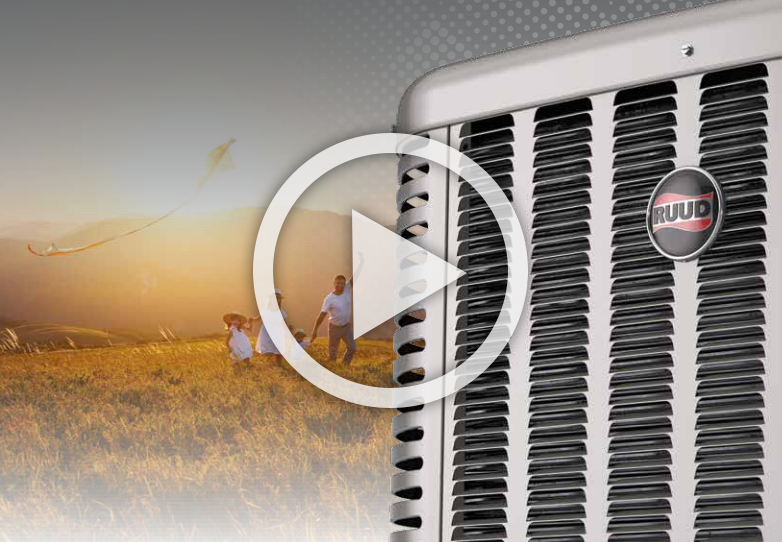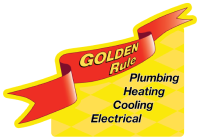
How to Change Your HVAC Filter Like a Pro
Have you noticed your energy bill creeping up for no apparent reason? Or maybe your home feels stuffier than usual, with more dust settling on surfaces? You might not realize it, but your HVAC system’s air filter could be the problem.
A dirty or clogged HVAC filter makes your system work harder, leading to higher energy costs, reduced system efficiency, and poor indoor air quality. The good news? Changing your HVAC filter is one of the easiest DIY home maintenance tasks—and it can have a huge impact on your comfort and your wallet.
In this guide, we’ll walk you through how to change your HVAC filter in three simple steps, plus cover some pro tips to make the process even easier.
Why Changing Your HVAC Filter Matters
Your HVAC filter does more than just trap dust—it plays a critical role in your home’s air quality and system efficiency. Here’s why you should never ignore it:
✅ Lower Energy Bills – A clogged filter forces your HVAC system to work overtime, increasing your energy consumption. Changing it regularly keeps your system running efficiently, cutting energy costs by up to 15% according to the U.S. Department of Energy.
✅ Cleaner, Healthier Air – If you or your family suffer from allergies, asthma, or respiratory issues, a dirty filter could be making things worse. A fresh filter helps trap dust, pet dander, pollen, and other airborne irritants before they circulate through your home.
✅ Extends Your HVAC System’s Lifespan – When your system works harder than it should, it’s more likely to overheat, break down, or need expensive repairs. Replacing the filter regularly is an easy way to prevent unnecessary wear and tear.
✅ Prevents Costly Repairs – A clogged filter can lead to overheating, frozen coils, and even a complete system failure. Something as simple as replacing your filter can save you hundreds (or even thousands) in HVAC repairs.
How to Change Your HVAC Filter in 3 Simple Steps
Step 1: Locate Your Filter
The first step is to find where your HVAC filter is located. In most homes, the filter is found:
✔ Inside the return air duct
✔ Near the furnace or air handler unit
If you’re not sure where yours is, check your HVAC manual or look near the vent system. Once you’ve located it, turn off your HVAC system before proceeding—this prevents any debris from getting pulled into the system while you swap out the filter.
Step 2: Remove the Old Filter & Check It
Carefully slide out the old filter and inspect it. If it’s covered in dust, dirt, or pet hair, it’s definitely time for a replacement. Most filters need to be changed every 1 to 3 months, depending on usage and indoor air quality.
Here’s a quick guide to help determine if your filter needs to be replaced sooner rather than later:
🚩 Every 1 Month – If you have multiple pets, allergies, or live in an area with heavy pollen or dust.
🚩 Every 2 Months – If you have one pet and minimal dust in your home.
🚩 Every 3 Months – If you have no pets and excellent air quality with minimal dust buildup.
Step 3: Install the New Filter
Before installing the new filter, check the size of the old one—it should be printed on the frame. Make sure to buy the correct size to ensure a proper fit.
When you’re ready to install, look for the airflow direction arrow printed on the filter’s edge. This arrow should point toward the furnace or air handler.
Simply slide the new filter into place, ensuring a snug fit, and you’re done! That’s it—no tools, no hassle, just cleaner air, and a more efficient HVAC system.
🔹 Pro Tip: Want an easy way to remember your next filter change? Use a Sharpie to write the replacement date on the new filter before installing it. That way, you’ll always know when it’s time for a swap!
Common Mistakes to Avoid When Changing Your HVAC Filter
Even though this is a simple task, homeowners often make a few common mistakes that can reduce effectiveness. Here are some things to watch out for:
❌ Using the Wrong Filter Size – Always check your system’s manual or your old filter’s size before purchasing a replacement. The wrong size can reduce efficiency and allow unfiltered air to bypass the filter.
❌ Forgetting to Turn Off the System – While it may not seem like a big deal, changing your filter while the system is running can pull debris into the HVAC unit, leading to more buildup and potential damage.
❌ Not Checking the Airflow Direction – Installing the filter backward can restrict airflow, causing your system to work harder and reducing its effectiveness. Always double-check that the airflow arrows are pointing toward the furnace or air handler.
❌ Waiting Too Long Between Changes – Life gets busy, and it’s easy to forget about your HVAC filter. But waiting too long to replace it can significantly reduce your system’s efficiency and air quality.
How Often Should You Change Your HVAC Filter?
While every 1 to 3 months is the general rule, some situations may require more frequent replacements. Consider these factors:
📌 Do you have pets? – Pet hair and dander can clog a filter faster. Change it monthly if you have multiple pets.
📌 Does anyone in your home have allergies? – If so, frequent changes (every 30–60 days) can help keep allergens at bay.
📌 Do you live in a high-pollen or dusty area? – If so, check your filter monthly and replace it as needed.
📌 How often do you run your HVAC system? – The more you use it, the more often you’ll need to replace the filter.
Final Thoughts: A Simple Task with Big Benefits
Changing your HVAC filter is one of the easiest and most effective ways to save money on energy bills, keep your system running smoothly, and improve the air quality in your home.
To recap, here’s what you need to do:
✔ Locate your filter (usually in the return air duct or near the furnace)
✔ Turn off your system before removing the old filter
✔ Check the size & replace it with a new one (make sure the airflow arrow is pointing in the right direction)
✔ Mark your calendar (or write on the filter) to remember your next change
This quick, 5-minute task can make a huge difference in the efficiency and longevity of your HVAC system.
Want more simple home maintenance tips that actually save you money? Follow Golden Rule Plumbing, Heating, Cooling & Electrical for expert advice every week!





